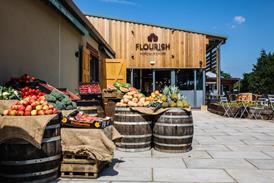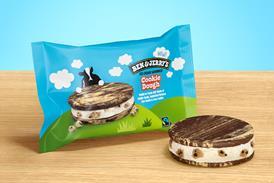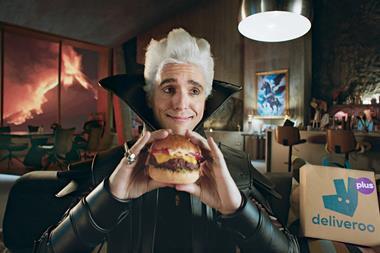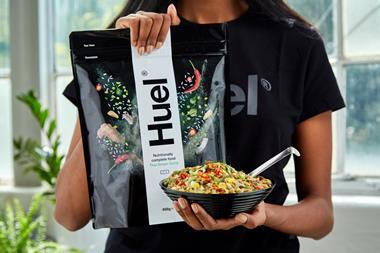
Grocery brands don’t have a loyalty problem. They have a desire problem.
In a category where relevance is everywhere and preference is fragile, emotional pull is no longer a luxury – it’s a commercial imperative.
And yet, most brand strategies still lean on the rational. Reformulations, health claims, heritage cues – all optimised for logic. But shoppers don’t decide with logic. In a grocery store, where decisions are high-frequency and low-consideration, most choices are instinctive.
Behavioural science calls it ‘system one’ thinking: fast, emotional, and intuitive. Brands that connect emotionally win shelf space in shoppers’ minds, before reason even has a chance.
Analysis of long-term brand equity data shows a consistent pattern: brands that forge emotional connections generate powerful differentiation and significantly outperform on pricing power, growth, and resilience. Desire isn’t soft. It’s measurable business value.
But here’s the problem: desire is consistently underleveraged. While brands race to stay relevant, they often forget to be wanted. And that emotional gravity – the thing that draws people toward a brand before they can explain why – is what gives brands pricing power, stretch, and loyalty.
Emotional pull
We’re seeing the results play out in the market. Challenger brands like Tony’s Chocolonely, Oatly and Graza have become household names not because of scale, but because of sentiment generated by a clear point of difference.
Tony’s turns supply chain ethics into emotional storytelling. Oatly makes oat milk feel like a lifestyle decision. Graza has made olive oil joyful. These aren’t just well-marketed brands, they’re brands that evoke something. And when people feel something, they remember it, prefer it, and pay more for it.
When contrasted with sleepy stalwarts such as Lindt, say, or Napolina olive oil, these challengers embody a new cult of personality, where an attitude that connects emotionally is just as important as delivering on category fundamentals.
Desire does something else too. It stretches. Emotionally resonant brands don’t just perform better in advertising, they perform better everywhere. Across packaging, platforms, point of sale and experience, every brand asset works harder when it carries meaning. And in today’s media landscape – fragmented, fast, and hyper-competitive – that kind of stretch isn’t just efficient, it’s essential.
Embedding desire
What separates these brands isn’t just tone of voice or visual flair. It’s consistency. They define a distinctive emotional promise and deliver on it relentlessly. And that’s where many grocery brands fall short. Desire must be embedded across the system, not just in campaigns but in product, packaging, retail, CRM, and design.
That takes discipline. But it pays off. Brands that make themselves desirable are more mentally available. They’re more memorable in crowded categories. They defend margin better. And they bounce back faster when things go wrong.
Too often, desire is treated like decoration – something you layer on once the strategy is sorted. But that thinking is outdated. In a category defined by efficiency and performance, desire is what turns functionality into preference. It transforms “good enough” into “worth paying more for”.
And that matters now more than ever. With inflation driving ongoing price sensitivity, and private label continuing to steal share, grocery brands are under pressure to justify every pound. Desire builds the kind of emotional equity that allows you to hold your price – and hold your place in the basket – even when cheaper options are just a shelf away.
Desire also builds resilience. Brands that are emotionally sticky recover faster from disruption, weather and reputational knocks more effectively, and enjoy greater word-of-mouth advantage. They’re less reliant on paid media to drive awareness, because they already occupy space in culture, not just in category.
To unlock this kind of value, desire can’t be left to chance. It needs to be designed in, deliberately and consistently, from the core of the brand outward. That means going beyond storytelling and thinking systemically: about how desire shows up in every brand interaction, across every touchpoint. It means making emotional connection part of the business model, not just the campaign brief.
Too many brands still treat emotional connection as soft, or secondary – something to invest in when times are good. But the grocery market isn’t built for comfort. It’s built for competition. And in 2025, desire isn’t indulgent, it’s urgent.
If relevance gets you on the list, desire is what keeps you in the cupboard.
by Helen Firth, executive director of brand strategy at Landor



















No comments yet